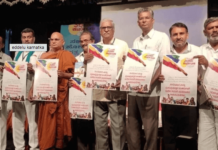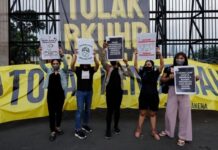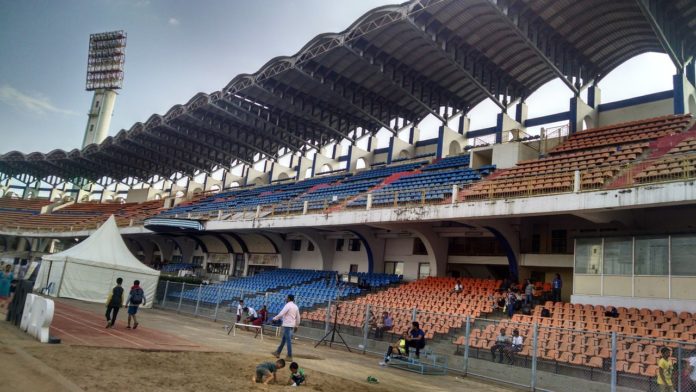Shashank was put in a quarantine center in Bangalore once he got back to the city, where he stayed for two days. In a conversation with Gauri Lankesh News, Shashank shared his experience of being at the center. Shashank describes the whole experience as “horrible”.
9. The Journey to the Quarantine center
Once Shashank reached Bangalore, he chose to stay at the government quarantine center, which was free of cost. His other option was paying between 750 to 5000 rupees to stay at the hotels. When Shashank arrived in Bangalore, there was no option for home quarantine. He pointed out that many could not afford the cost of hotels and decided to stay at the government centers.























